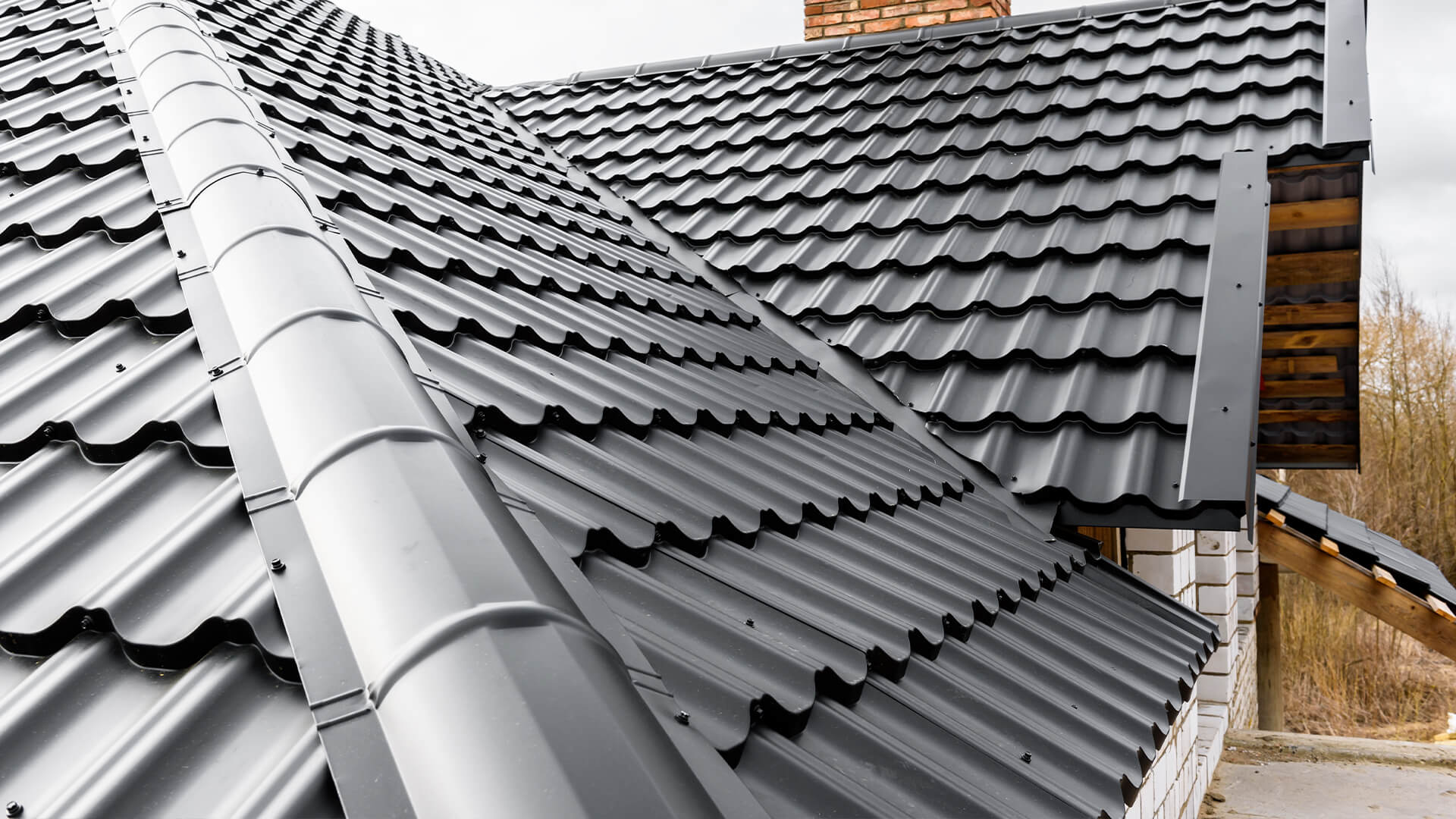Ideal Practices for Ensuring Correct Roof Air Flow
A balanced intake and exhaust air vent proportion, frequently 1:300, plays a crucial function, with intake vents ideally positioned at the reduced edge of the roof covering for cool air entrance and exhaust vents at the height for cozy air exit. Keeping insulation away from vents is crucial to avoid airflow constraint.
Understand Ventilation Basics
Correctly recognizing ventilation essentials is necessary for making sure the durability and performance of roof. Effective air flow minimizes wetness build-up and temperature level extremes in the attic, both of which can result in significant structural damage over time. A well-ventilated roof covering assists in preventing usual concerns such as mold and mildew growth, timber rot, and ice dams, which can endanger the integrity of the roof products and the underlying structures.
The main objective of ventilation is to help with the motion of air, permitting a constant exchange in between the indoor and exterior environments. This equilibrium is accomplished with a mix of intake and exhaust vents that collaborate to keep optimum air flow. Intake vents, typically located along the eaves or soffits, enable fresh air to enter the attic room area, while exhaust vents, typically positioned at or near the roofing ridge, allow warm, damp air to escape.
Secret factors affecting the performance of roofing system air flow include appropriate placement, appropriate sizing, and ensuring that both consumption and exhaust vents are unhampered. Routine assessment and upkeep are important to identify possible clogs, damage, or ineffectiveness in the air flow system, consequently safeguarding the roof covering's efficiency and durability.
Kinds of Roof Vents
Roof vents play a vital duty in maintaining efficient attic air flow and, by extension, the general health and wellness of the roof system. Various kinds of roof covering vents are readily available, each with one-of-a-kind advantages tailored to particular roof covering needs.

Soffit vents are installed under the eaves and operate in tandem with roof covering vents to make sure a balanced intake and exhaust system. By permitting cooler air to enter from below, soffit vents assist in the expulsion of warm air through top vents. Gable vents, located on the outside walls of the attic room, offer an additional efficient solution, specifically in homes with saddleback roofs.
Assess Your Existing Ventilation

Next, think about the age and condition of your roof materials and ventilation parts. Older systems might not adhere to existing building regulations or may have deteriorated over time, reducing their efficiency. Conduct a detailed evaluation to determine any kind of indications of deterioration, such as corrosion, damage, or voids that can compromise the system's efficiency.
Additionally, gauge the attic temperature level and humidity levels. Heats and moisture can suggest insufficient air flow - gainesville fl roofing companies. Utilize a hygrometer and thermometer to get exact readings, comparing them with outside problems. Relentless discrepancies recommend possible problems that need resolving.
Installment Best Practices
Reliable installment of roof ventilation systems is critical for making certain optimal efficiency and long life. Appropriate setup begins with understanding the certain air flow demands of the building and the roof covering it covers. This entails calculating the proper ratio of intake to exhaust vents, generally adhering to the 1:300 regulation, which states one square foot of ventilation for every single 300 square feet of attic room flooring area.

Intake vents must be mounted at the roof's lower side, usually in the soffits, to enable cool air to enter. Exhaust vents, on the other hand, need to be set up near or at the roofing system's height to assist in the exit of cozy, moist air.
Seal all vent connections thoroughly to avoid air leaks and potential water infiltration. Usage high-quality products and adhere to supplier guidelines to ensure durability and performance. Additionally, incorporating ridge vents with baffles can considerably enhance airflow performance by preventing wind-driven rain and snow from entering the attic.
Inevitably, specific setup of roof covering air flow systems reduces possible issues such as mold and sites mildew growth, ice dams, and structural damages, making sure the roof covering's honesty and the building's overall wellness.
Regular Maintenance Tips
Uniformity in upkeep methods is fundamental to making sure the long-term efficiency of roofing ventilation systems. Normal assessments are essential, preferably performed biannually-- in the springtime and fall. During these inspections, guarantee that vents are without particles, nests, and other obstructions that could restrain airflow. Check for any indicators of dampness accumulation or mold, as these can suggest incorrect ventilation or leakages (gainesville fl roofing companies).
Cleaning up the vents is another essential job. Utilize a soft brush or a vacuum cleaner to get rid of dust and particles from consumption and exhaust vents. Beware not to damage the vent displays or louvers during the process. In addition, examine the attic space for any kind of indications of water damages, which might endanger the honesty of the roof.
Proper insulation is equally vital. Guarantee that attic room insulation does not obstruct the vents, as this can drastically restrict air flow. If any type of insulation has actually moved or cleared up, rearrange or change it to preserve an effective obstacle.
Lastly, replace any damaged or missing out on elements without delay. Broken vents, split roof shingles, or deteriorated flashing can all add to insufficient air flow and must be addressed right away. Normal upkeep makes certain that the roofing ventilation system operates efficiently, thus expanding the lifespan of the roofing itself.
Final Thought
Ensuring proper roof ventilation is paramount for maintaining the efficiency and durability of a roof. Adherence to the 1:300 consumption and exhaust air vent ratio, paired with the strategic placement of vents, is crucial. Regular visit the site biannual evaluations, particles cleaning, and making sure insulation does not obstruct air movement are vital practices. Implementing these ideal methods will certainly foster a well-ventilated roof, thereby minimizing prospective problems connected to moisture accumulation and extreme warmth, eventually extending the roofing's life-span. read the full info here
A well balanced intake and exhaust vent ratio, commonly 1:300, plays a crucial duty, with consumption vents ideally placed at the lower edge of the roofing system for amazing air access and exhaust vents at the height for warm air exit. Intake vents, typically located along the soffits or eaves, allow fresh air to get in the attic room, while exhaust vents, frequently located at or near the roofing ridge, enable hot, humid air to escape.
Soffit vents are installed under the eaves and job in tandem with roofing vents to make sure a balanced intake and exhaust system. By permitting cooler air to enter from below, soffit vents help with the expulsion of hot air through top vents. Adherence to the 1:300 consumption and exhaust air vent proportion, combined with the critical positioning of vents, is important.